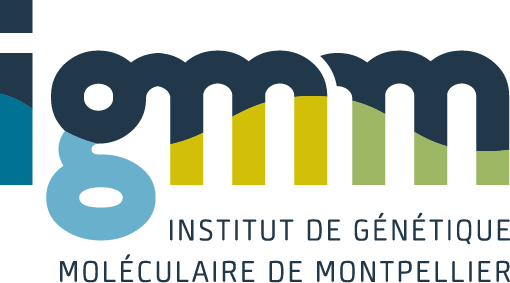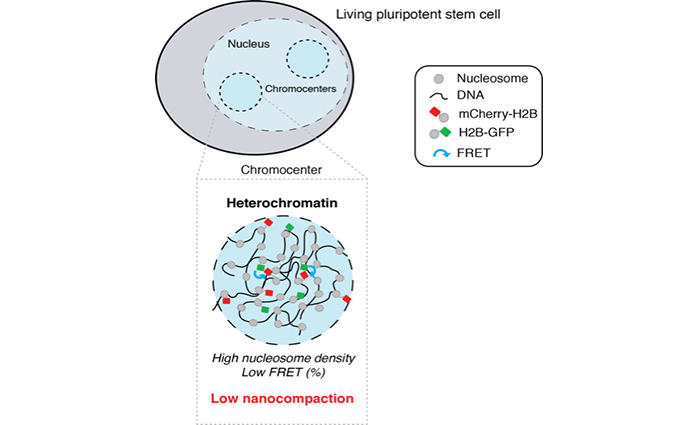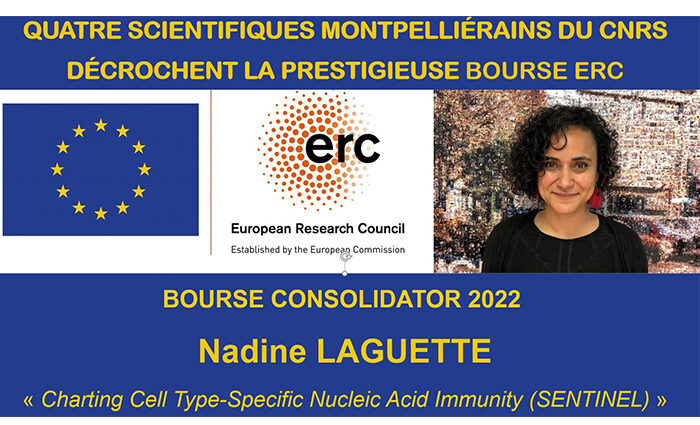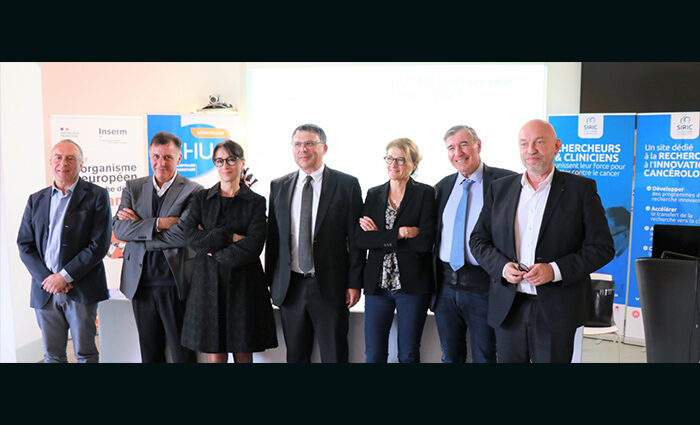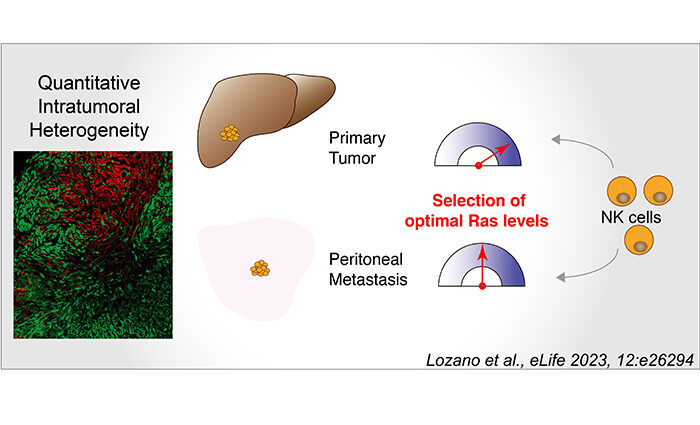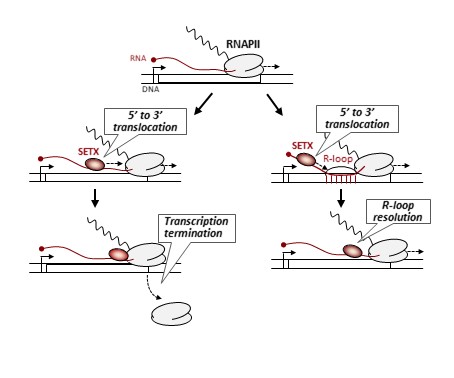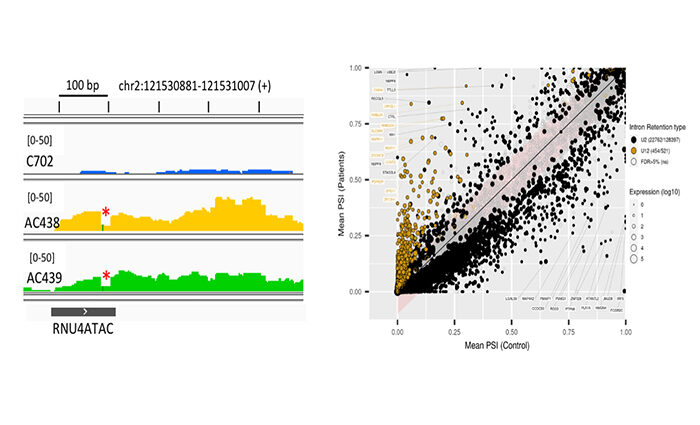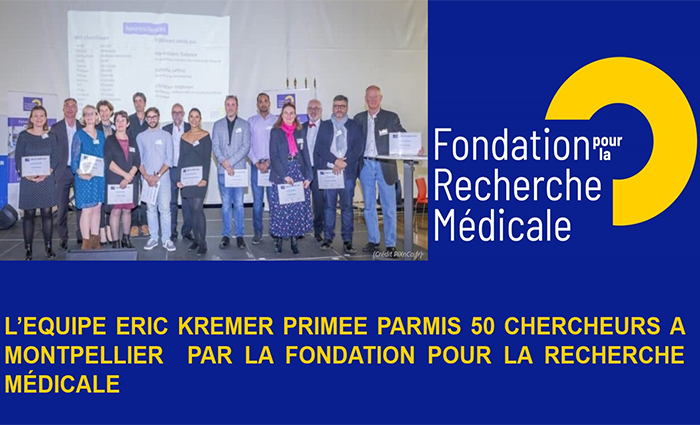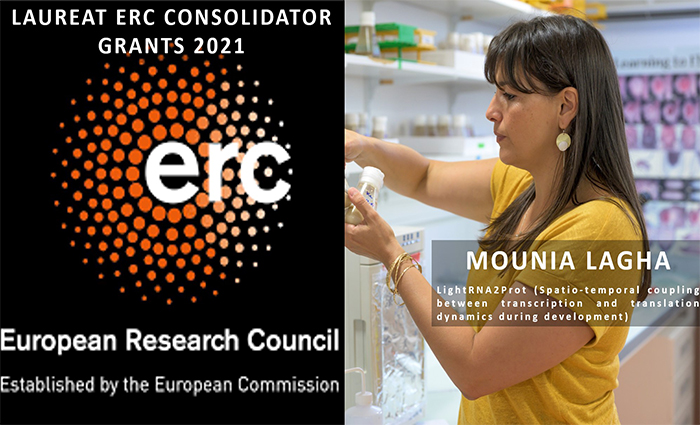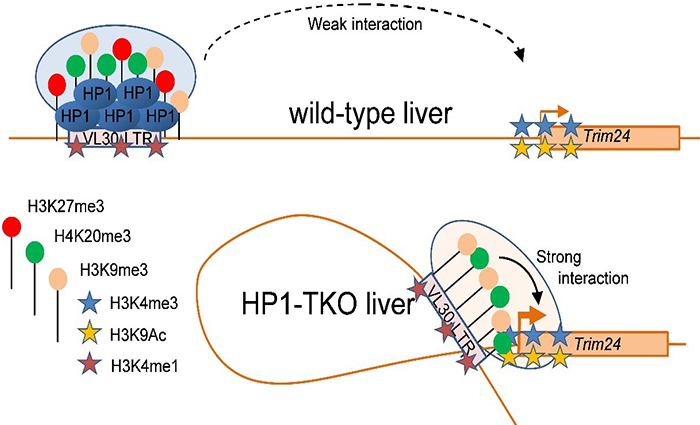TAKING CHARGE OF THE METAglut1 BLOOD TEST FOR THE DIAGNOSIS OF DE VIVO DISEASE
The collaboration between several teams from AP-HP, l’IGMM Institut de Génétique Moléculaire de Montpellier (CNRS/Université de Montpellier) and Metafora-Biosystems is a success: for the first time, a diagnostic test, METAglut1, has received a positive decision from Haute Autorité de Santé permitting the reimbursement of its costs by health insurance companies. METAglut1, a fast, reliable blood test, provides an early diagnosis … Continue reading TAKING CHARGE OF THE METAglut1 BLOOD TEST FOR THE DIAGNOSIS OF DE VIVO DISEASE
